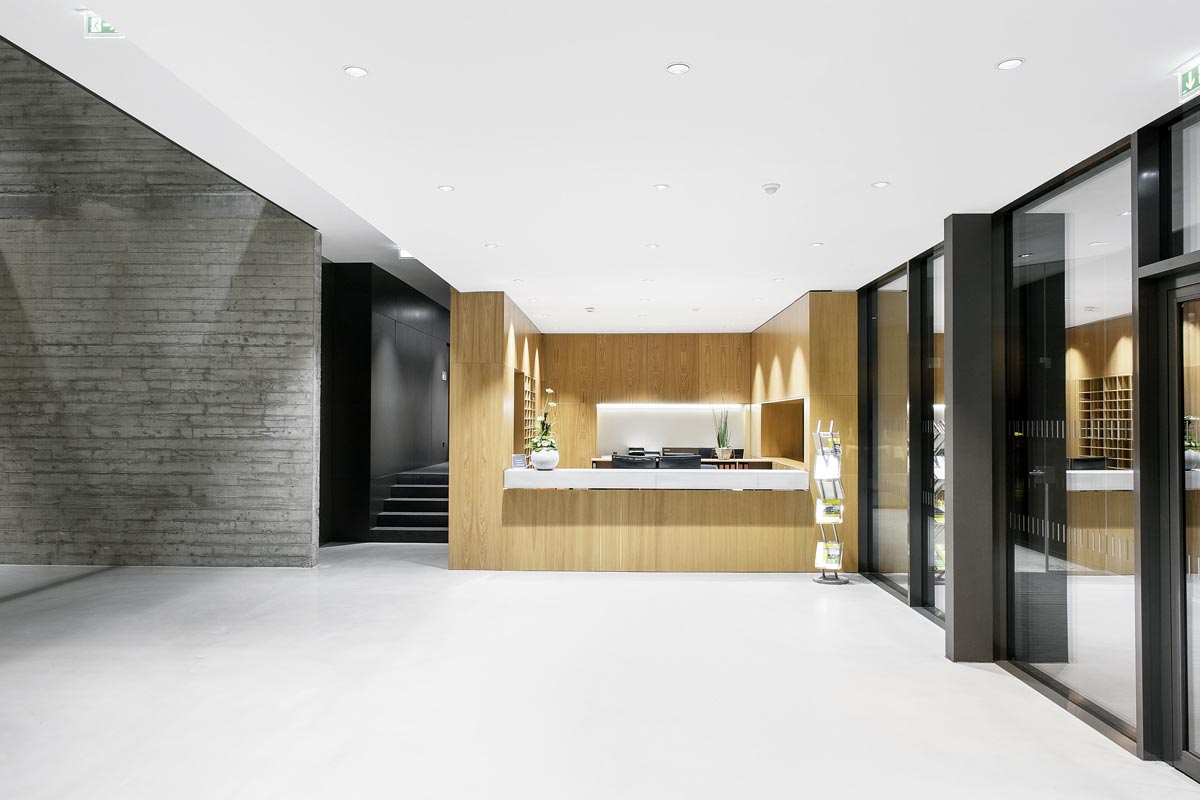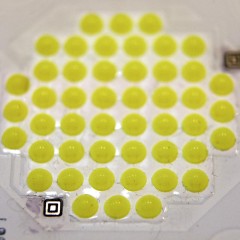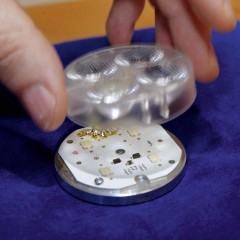The lighting sector is currently undergoing massive change. Around the world research institutes and commercial firms are working on developing new technologies and products for sustainable, energy-saving lighting systems.
Within a few years classical filament bulbs will have disappeared from daily life. The reason is the EU Commission‘s step-by-step ban on inefficient sources of light. In Europe replacing filament bulbs with compact fluorescent lamps (CFLs) was seen as the way forward for a long time. However, CFLs have disadvantages; for instance, they do not provide light instantly when switched on, and disposal is difficult because they contain mercury, a poison.
LED technology is a pioneering alternative. Light-emitting diodes (LEDs) have improved dramatically in efficiency and light output in recent years, and could well displace conventional lighting systems in many fields in the future. They are robust, have a long service life and score well on quality of light and colour rendering, which makes them increasingly attractive for general-purpose lighting. LEDs respond quickly when switched on, are easy to dim, and can be regulated dynamically.
The technology‘s great potential is revealed by the fact that in 2014 the Nobel Prize for Physics was awarded to three LED researchers: Isamu Akasaki and Hiroshi Amano (Japan) and Shuji Nakamura (USA), who achieved a breakthrough with the semiconductor material gallium nitride in the 1990s for developing LED lamps for general-purpose lighting.
LED – a technology with real potential
Demand for this technology is growing apace; according to the consultancy firm McKinsey, the global LED market will grow by a factor of seven up to 2020, to a volume of 65 billion Euro. The Austrian Energy Agency also sees LED technology as a fully-developed alternative to conventional filament bulbs. LEDs‘ forecast share of the European lighting market in 2020 is as follows:
- restaurants and hotels 80 %
- architectural lighting 80 %
- shop lighting 65 %
- outdoor lighting 60 %
- office lighting 37 %
- plant lighting 20 %
(Source: Austrian Energy Agency)
In close collaboration with scientific and research institutions the Austrian lighting industry has been developing new products and technologies for energy-efficient lighting systems for some years. Austrian research activities in this field take place within international networks, e.g. via the Austrian Federal Ministry for Transport, Innovation and Technology, in the context of the activities of the International Energy Agency (IEA-EBC Annex 45: Energy-Efficient Electric Lighting for Buildings).
With support of the funding programs of the Climate & Energy Fund and the Federal Ministry for Transport, Innovation and Technology Austrian firms are continually developing pioneering technologies and products to commercial viability. Below some of these innovative projects are presented.


